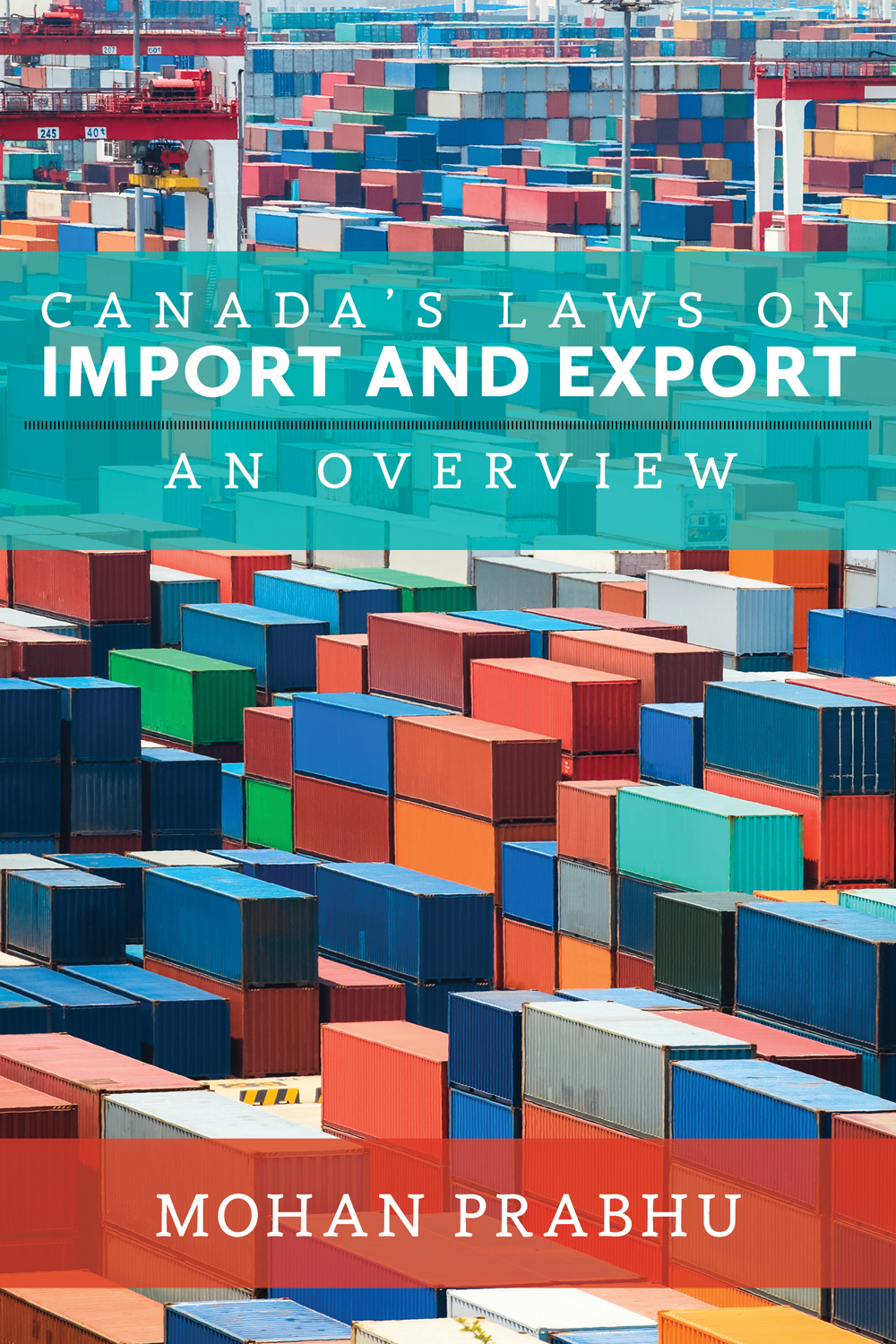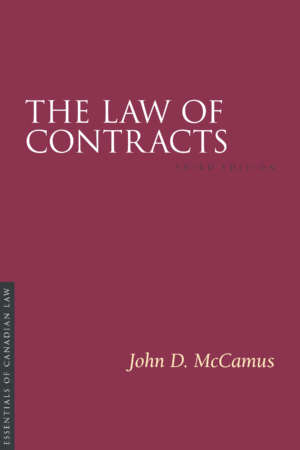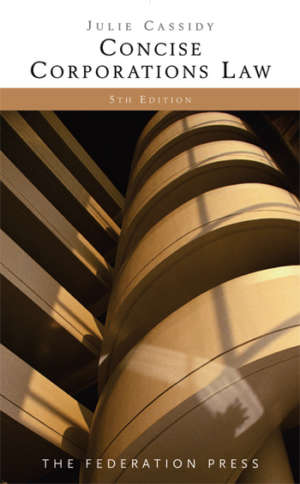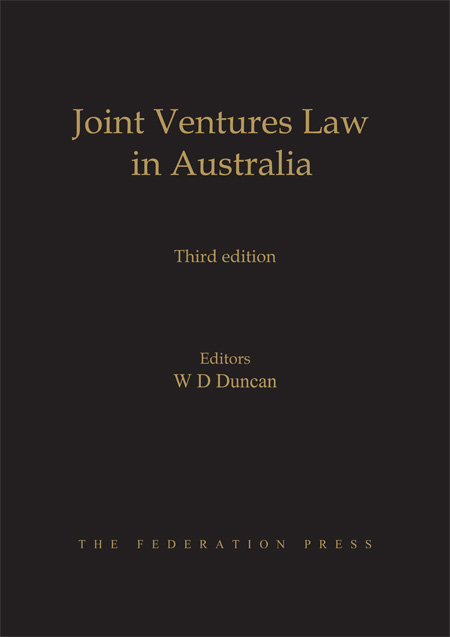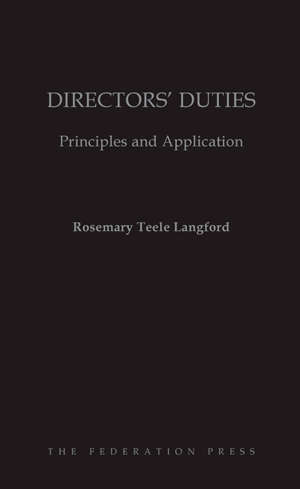Product Description
This book provides a detailed and practical analysis of Australian Insider Trading Laws. Written jointly by Gregory Lyon of the Melbourne Bar and Professor du Plessis of Deakin University, the work:
Examines all fundamental concepts relating to insider trading such as ‘who is an insider’, ‘what is inside information’ and ‘when is information generally available’, together with commentaries on proposed changes to the laws and an examination of the impact of the most recent decisions, including Hannes, and Rivkin;
Provides a very detailed examination of the defences and exceptions, with particular attention to the operation of Chinese Walls;
Analyses fully and systematically the provisions on insider trading in the Corporations Act and the Criminal Code (Cth) within the context of decided cases and relevant secondary materials;
Covers comprehensively the penalties and remedies for contravention of the insider trading regime. This includes the intricate civil compensation provisions, and an up-to-date analysis of the civil penalties regime in light of ASIC v Petsas;
Discusses the operation and effectiveness of continuous disclosure as a means of preventing insider trading.
Introduction
Overview
The Definition of Insider Trading
Difficulties with the Definition of Insider Trading
Statement of the Definition
The Operation of the Current Legislative Provisions Prohibiting Insider Trading
Introduction
Complexity of Current Insider Trading Law
Jurisdictions of the Insider Trading Prohibitions
Who is an Insider?
What is Inside Information?
Possession of Insider Information
Material Effect of Information
When is Information Generally Available?
Introduction
Legislative History of Generally Available
The Publishable Information Test
Readily Observable
Deductions, Conclusions or Inferences and Market Analysts
Securities and Financial Products
The Requisite Mental State
The Transactions to Which the Prohibited Conduct Applies
Trading
Procuring
Communicating (‘Tipping’)
The Efficacy of the Operation of the Current Provisions
Conclusion
The Exceptions and Defences to the Prohibition
Introduction
Overview
The Various Use of the Terms ‘Exceptions’ and ‘Defences’
The Burden of Proof for the Operation of Exceptions and Defences
The Provenance of the Exceptions and Defences
The Legislative Exceptions to the Prohibition
Withdrawal from a Registered Scheme
Underwriting Agreements
Purchases Pursuant to Legal Requirement
Communication Pursuant to Legal Requirement
Chinese Walls
Exception for Knowledge of Person’s Own Intentions or Activities
The Exceptions under the Corporations Regulations
Director Obtaining a Share Qualification
Acquisition of Securities under a Superannuation or Pension Fund Scheme
Specified Insolvency Transactions in Good Faith
Sale Under a Mortgage, Charge, Pledge or Lien
The Statutory Defences
Reform of Defences
Conclusion
Penalites and Remedies
Introduction
Who may be the Subject of an Action?
Primary Liability as an Insider
Ancillary Liability
Criminal Consequences for Insider Trading
Initiating Prosecutions
Penalities for Insider Trading
Disqualification from Directorships/Managing a Corporation
Proceeds of a Crime
The Practical Operation of the Criminal Sanctions – Hannes and Rivkin
Overview
R v Hannes
R v Rivkin
Civil Remedies
Overview
Sections 1043L and 1317HA
The Trigger for Compensation
Specific Circumstances for the Order of Compensation
Civil Penalties
Nature of Civil Penalties
Declaration of Contravention
Pecuniary Penalty
Disqualification and Civil Penalties
Effectiveness of Civil Penalty Provisions
The Future Role of Civil Penalties
Conclusion
Enforcement and the Interrelationship Between Insider Trading and Continuous Disclosure
Introduction
Problems of Enforcement
Overview
Frequency of Insider Trading
Difficulties of Detection
An Inefficient Regulator?
The Complexity of the Legislation and the Inadequacy of Penalties
The Interrelationship Between Continuous Disclosure and Insider Trading
Overview of Suggested Solutions to Problems of Enforcement
The Continuous Disclosure and Insider Trading Provisions
The Theoretical Underpinnings of Australia’s Mandatory Disclosure Regime
Disclosing Entities and Entities Exempted From Continuous Disclosure
Entities Which Must Make Continuous Disclosure
Disclosure Requirements on Listed Disclosing Entities
The Disclosure Requirements for Unlisted Disclosing Entities
Information Which Must Be Disclosed
Australian Stock Exchange Listing Rules on Continuous Disclosure
Overview
The Operation of the Listing Rules in Respect to Continuous Disclosure
The Exception to the Disclosure Requirement
Structured/Periodical Disclosure
Enforcement of the Continuous Disclosure Requirements
Engendering a ‘Culture of Discussion’
Proposals for the Administrative Enforcement of Continuous Disclosure
Conclusion
Appendix One: Table of Australian Insider Trading Cases
Criminal Prosection
Civil Litigation
Key
Bibliography
Articles/Books/Reports
Case Law
Legislation
Other material



